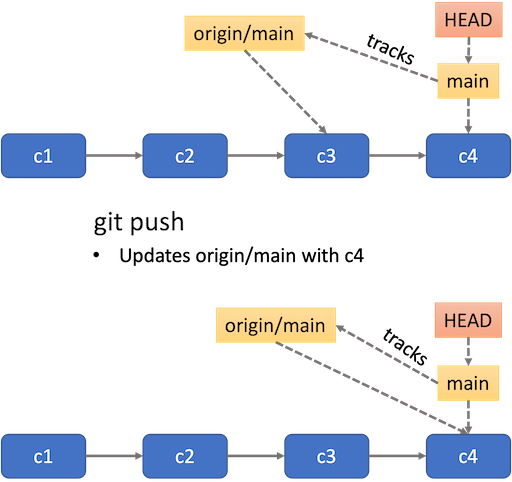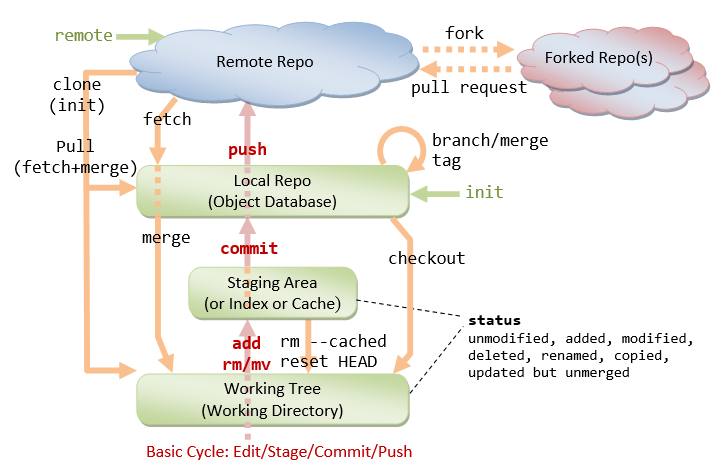
What it does have are remote repositories, often called simply remotes. So how do you collaborate with others when working on a team? No Central Server in Gitīecause Git is a decentralized tool, it lacks the concept of a central server.
#Checkout remote branch full
When you're working with Git, what you have locally is not a mere working copy, like in centralized tools, but rather a real, full repository. After the work is done, the developer sends their changes to the central server, where they are incorporated into the code.


#Checkout remote branch code
When it's time to start working on something, a developer gets the code from the server to their local machine, where they have a working folder.

Centralized VCSs Have a Central ServerĬentralized version control tools, like Subversion, have the concept of a central server that stores the repositories. Let's now understand the role that remotes play in Git and how that differs from the approaches taken by centralized source control tools. For newcomers that were previously users of such tools like Subversion or TFVC, groking remotes and remote branches might take some serious unlearning. But the way in which Git's design chooses to handle collaboration is radically different from the approaches used in most other traditional centralized version control tools. Not because remotes are a particularly hard concept-they aren't. Git Remotes: An Introductionįor newcomers to Git, the way remotes work is in fact one of its most troublesome traits. Finally, we'll show you several ways in which Git makes it possible to work with remote repositories. Then we'll talk about the checkout command, showing how you can use it to check out non-remote (that is, local) branches. We'll begin with an overview of what remotes are and how they work in Git. It means now we can simply write command (example: “git fetch” ) without any option.How do you perform a Git checkout on a remote branch? In this post, we'll answer that question in detail. This assumes that you want the local branch and the remote branch to be in sync.

git sets the new branch as a remote track branch (tracking):Īdding a remote tracking branch means that git yet knows what you want to do when you git fetch, git pull, or git push in the future. So that a subsequent git pull will know what to do, you might instead want to use: git push -set-upstream origin Īs described below, the -set-upstream option sets up an upstream branch. Note however that formally, the format is: git push origin :īut when you omit one, it assumes both branch names are the same.Having said this, as a word of caution, do not make the critical mistake of specifying only : (with the colon), or the remote branch will be deleted! Upstream Or they can reach your branch, by doing: git fetch Where is typically origin, the name which git gives to the remote you cloned from.Your colleagues would then just pull that branch, and it’s automatically created locally. So when you feel ready for it, you can just do: git push The remote branch is automatically created when you push it to the remote server. First, you create your branch locally: git checkout -b # Create a new branch and check it out


 0 kommentar(er)
0 kommentar(er)
